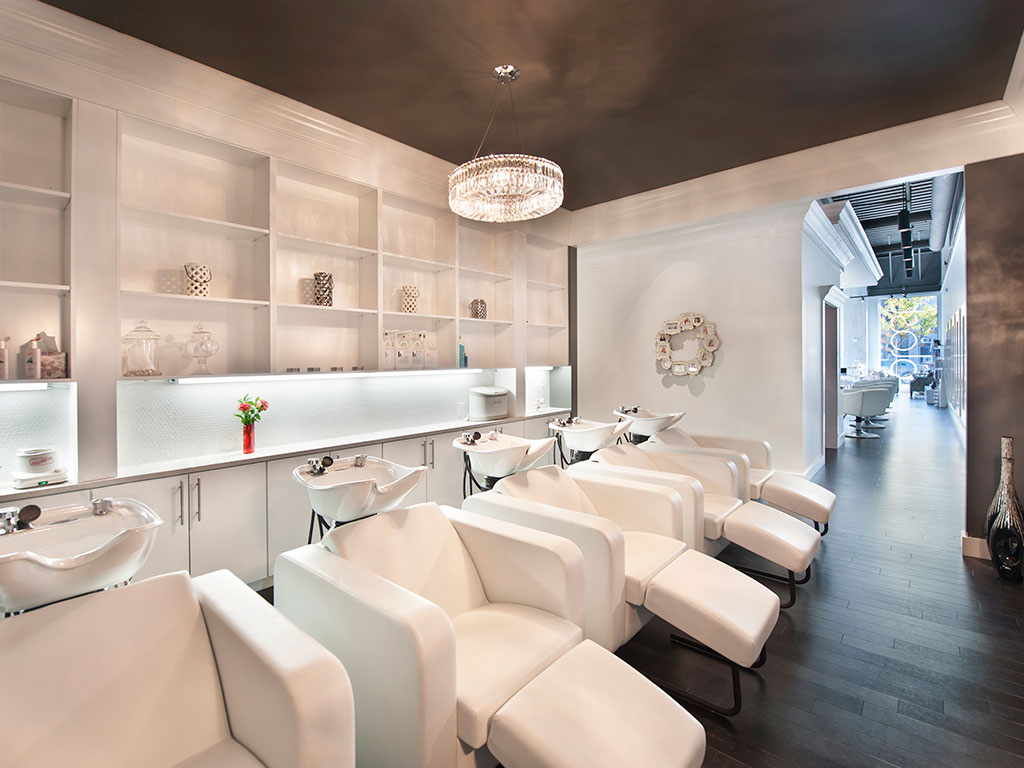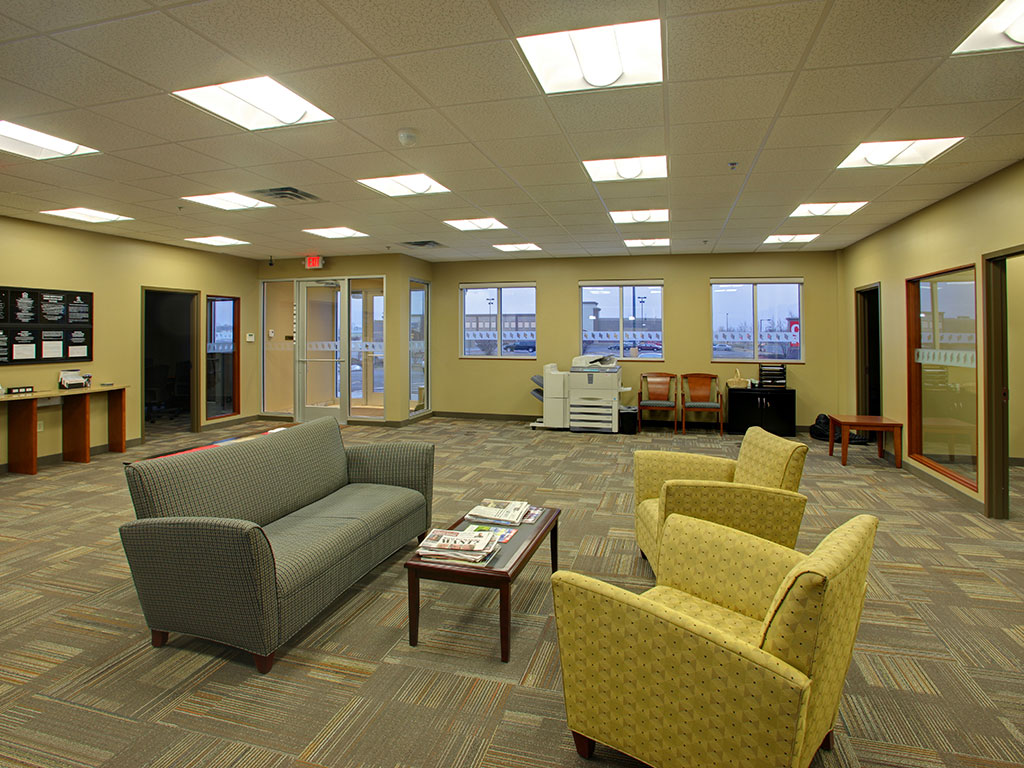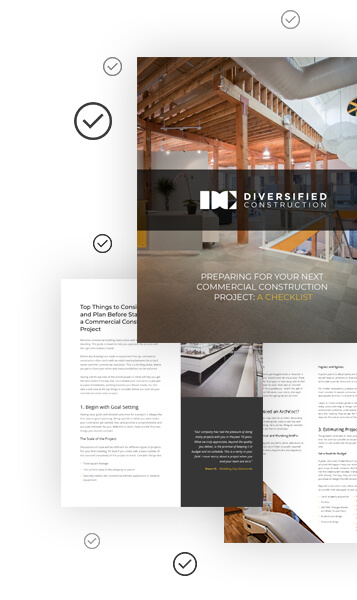What is FFE?
Designing a space, whether commercial or residential, goes beyond architecture and layout. While blueprints lay the groundwork, it's often the finer details that breathe life into a space, turning houses into homes and offices into hubs of productivity. Central to this transformation is the trio commonly referred to as FF&E: furniture, fixtures, and equipment.
Although these components may not be permanent installations, FF&E determine how a space looks, feels, and functions. Whether it's staging a property for potential buyers or ensuring seamless operations in a business environment, FF&E boost a property's overall value and appeal.
In this article, we will explore the integral role FF&E has in construction and remodeling, offering insights on how to maximize its potential in your projects.
Importance of FF&E in Design
For designers focused on curating spaces that are both user-oriented and visually pleasing, grasping the significance of FFE for interior design is imperative. Here’s how FF&E contributes to the design of a space:
Personalization: At the heart of every space lies its ability to reflect the identity of its occupants. A minimalist might choose sleek furniture with neutral tones, while an artist might opt for eclectic fixtures and vibrant colors. This personal touch transforms generic areas into spaces with character.
Functionality: While architectural structures provide the canvas, FF&E determines how efficiently and effectively a space serves its purpose. Ergonomic office chairs improve worker comfort, thereby boosting productivity. Similarly, the layout of a restaurant, from its kitchen equipment to its dining tables, impacts its service speed and customer experience.
Adaptability: Trends change, needs evolve, and spaces often require updates. FF&E offers the flexibility to modify spaces without major architectural changes. Swapping out furniture, upgrading fixtures, or introducing new equipment can refresh and repurpose an area.
Cost Efficiency: Investing in FF&E can lead to significant economic benefits. Durable furniture reduces long-term replacement costs, while energy-efficient fixtures can bring down utility bills. Moreover, FF&E can elevate property values, enticing potential buyers or renters.
Health and Well-Being: Today, there's a growing emphasis on creating spaces that promote physical and mental health. FF&E plays a significant role in this. For instance, natural light fixtures can elevate mood, reduce eye strain, and create a pleasant ambiance. Furniture that promotes correct posture and reduces strain can prevent long-term health issues.
Environmental Impact: With an uprising of sustainable designs, FF&E can influence a space's environmental footprint. Opting for furniture made from sustainable materials, or fixtures that minimize waste, contributes to a greener planet.

FF&E Procurement Tips
With an abundance of options and the challenge of keeping in budget, procuring FF&E can be overwhelming. The ideal selections ensure not just a seamless fit into the designated space, but also promise longevity. Here’s a few tips for FF&E procurement:
1 - Research and Planning
Every successful venture begins with thorough groundwork. Before diving into the acquisition process, understand the space you’re working with. What are its specific requirements? What style best complements its architecture? How can functionality be optimized? Answers to these questions will act as your compass, guiding your procurement decisions.
2 - Budgeting
Financial planning is paramount. Allocate resources wisely. While some pieces deserve a splurge, others might be procured economically without compromising on quality. Remember, a well-curated space harmoniously blends both premium and affordable elements.
3 - Vendor Relations
Your relationship with vendors can be a game-changer. Strong rapport and mutual respect can open doors to potential discounts, tailor-made solutions, and timely deliveries. Moreover, vendors with whom you've built trust can provide valuable advice, product insights, and post-purchase support.
Maximizing FF&E ROI
The financial commitment towards FF&E often forms a significant chunk of an interior design or renovation budget. It's essential to ensure that every penny spent is an investment that brings value, both in the present and the future.
Here’s how to optimize your FFE return on investment (ROI):
Durability Over Cost: While it might be tempting to opt for cheaper alternatives, the real value lies in the product's lifespan. Items that may seem pricier upfront can often offer better value over time. It's wise to invest in pieces that are built to last, ensuring that replacement costs are minimized in the long run.
Flexibility: The nature of spaces and their requirements can change. Whether it's a shift in aesthetic trends or a functional evolution of a room, having versatile pieces ensures that your investment remains relevant for years to come. Opt for furniture and fixtures that can seamlessly fit into different settings or serve multiple purposes.
Maintenance Consideration: While an item might look appealing and fit well within your budget, it's essential to factor in its maintenance needs. Items that require frequent or expensive upkeep can drain resources over time. Prioritizing low-maintenance options can lead to significant long-term savings and less hassle.
Resale Value: The lifecycle of some items may naturally be shorter than others, especially in commercial spaces or trend-driven environments. For such pieces, considering the potential resale value is wise. Invest in items that retain a good portion of their value over time. This way, when it's time for an upgrade or replacement, you can recoup a portion of your initial investment.

Sustainability in FF&E
Adopting sustainable FF&E is not just an environmentally responsible choice but also often translates to long-term economic benefits.
Here's what to consider when looking for green FFE options:
Materials: The foundation of any sustainable item lies in the materials from which it's crafted. Choose furniture and fixtures made from recycled components or those sourced sustainably. Materials like bamboo, reclaimed wood, or recycled metal and glass can offer stylish yet environmentally-friendly alternatives.
Lifespan: It's simple: the longer an item serves its purpose, the less frequently it needs to be replaced. This not only conserves resources but also reduces the strain on landfills. Investing in durable FF&E means that you're reducing the need for new materials and energy for production in the future.
Local Procurement: Transporting goods over long distances leaves a sizable carbon footprint. Whenever possible, source FF&E items from local artisans or manufacturers. This not only supports local economies but also considerably cuts down on emissions related to transportation.
Recyclability: As you select items, consider their end-of-life journey. Can that coffee table be recycled once it's past its prime? Is there potential to upcycle that shelving unit? Items that can be repurposed, recycled, or upcycled ensure that they don't become waste but rather find a new purpose or life.
Conclusion - What is Furniture, Fixtures, and Equipment (FF&E)?
Whether you're an architect crafting a blueprint or a real estate agent aiming to captivate potential buyers, it's undeniable that FF&E can make the difference between a good space and a great one.
Diversified Construction specializes in furniture, fixtures, and equipment, with over 60 years of business experience in the Twin Cities. Contact us today at 952-929-7233 if you’re looking to start a new project.

